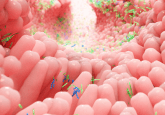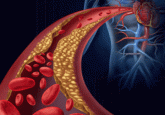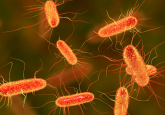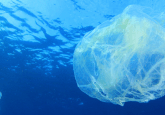Microplastic and antibiotic-resistant bacteria: the double threat
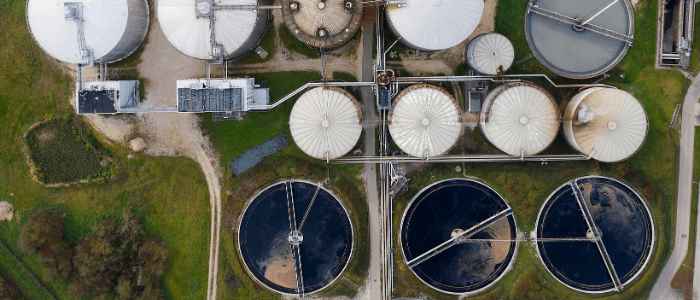
Microplastic pollution has been brought under the spotlight in recent years as the drastic effects on the environment are becoming increasingly clear.
Wastewater treatment plants are a large source of microplastics entering the environment, with an average-sized wastewater treatment plant that serves around 400,000 people churning out 2 million microplastic particles into the circulating environment every day.
The extent of the impact of microparticles such as these are still not fully elucidated, even though they are found in cosmetics, clothing, food, drinking water and the air we breathe.
One aspect of their detrimental effect on the environment has recently been uncovered by researchers from the New Jersey Institute of Technology (NJIT; NJ, USA). In this work it has been shown that the microparticles, after they have been washed through household draining systems and end up in wastewater treatment plants, become veritable breeding grounds for pathogens including antibiotic-resistant bacteria. The bacteria form a biofilm on the surface of the plastics that cumulate in the municipal wastewater treatment plants, allowing further pathogens and antibiotic waste to build up.
By living in these breeding grounds for resistance, researchers have found that some strains of bacteria increased in antibiotic-resistant properties by up to 30 times. This evidence is published in the Journal of Hazardous Materials Letters.
“A number of recent studies have focused on the negative impacts that millions of tons of microplastic waste a year is having on our freshwater and ocean environments, but until now the role of microplastics in our towns’ and cities’ wastewater treatment processes has largely been unknown,” explained Mengyan Li, Associate Professor (NJIT) and the corresponding author on the study. “These wastewater treatment plants can be hotspots where various chemicals, antibiotic-resistant bacteria and pathogens converge and what our study shows is that microplastics can serve as their carriers, posing imminent risks to aquatic biota and human health if they bypass the water treatment process.”
“Most wastewater treatment plants are not designed for the removal of microplastics, so they are constantly being released into the receiving environment,” added Dung Ngoc Pham (NJIT), first author of the study. “Our goal was to investigate whether or not microplastics are enriching antibiotic-resistant bacteria from activated sludge at municipal wastewater treatment plants, and if so, learn more about the microbial communities involved.”
 Antibiotic-resistant slime: the problem with Pel
Antibiotic-resistant slime: the problem with Pel
The University of Michigan (MI, USA), has exposed the mechanism through which bacteria that infect the lungs of patients with cystic fibrosis can form a biofilm with a protective coating, which defends against antibiotics
The team used various techniques to analyze samples collected from three wastewater treatment plants in the northern New Jersey area. They added two commonly occurring commercial microplastics – polyethylene (PE) and polystyrene (PS) – to the sludge samples and waited to see what would grow. Through the use of quantitative PCR and next-generation sequencing techniques, the team could identify which species of bacteria were likely to grow on the surface of the microplastics, and how their genetic signatures changed over time.
Three main genes were found in a 30-times greater abundance on the microplastic biofilms when compared to laboratory control tests using sand biofilms. These three genes, sul1, sul2 and intI1, are widely known to aid in the increase in resistance to sulfonamide-based antibiotics.
Using this information, the researchers then decided to add the antibiotic sulfamethoxazole to the biofilm samples, finding it amplified even further the presence of the antibiotic resistance genes by up to 4.5 times.
“Previously, we thought the presence of antibiotics would be necessary to enhance antibiotic-resistance genes in these microplastic-associated bacteria, but it seems microplastics can naturally allow for uptake of these resistance genes on their own,” stated Pham. “The presence of antibiotics does have a significant multiplier effect however.”
Some species of bacteria found on the biofilms included those linked to respiratory infections in humans.
When these microplastics, covered in antibiotic-resistant bacteria, are leaked into the environment from wastewater treatment plants, they are able to mix into the general community and spread these resistance genes.
The team is also studying how these microplastics – with their pathogen piggy-backers – withstand treatment such as with disinfectants, UV light and chlorine, in the hopes of improving wastewater treatment systems.
“Some states are already considering new regulations on the use of microplastics in consumer products. This study raises calls for further investigation on microplastic biofilms in our wastewater systems and development of effective means for removing microplastics in aquatic environments,” concluded Li.
